E-bikes, or electric bikes, come in many shapes and sizes, and one important factor to consider is their weight. The weight of an e-bike can affect its performance, how easy it is to ride, and how far it can go on a single charge.
This article will explain what determines e-bike weight, how weight affects performance, and the benefits of both lighter and heavier e-bikes. By the end, you'll have a better idea of which type of e-bike might be best for you.

What Determines an E-Bike's Weight?
Several factors contribute to how much electric bikes weigh, each playing a crucial role in its performance, usability, and design. Understanding these factors can help you choose an e-bike that best suits your needs.
Frame Material
The material used for the frame significantly influences the weight of an e-bike. Common materials include aluminum, carbon fiber, steel, and titanium. Aluminum frames are popular due to their balance of strength and lightness. Carbon fiber is lighter and more expensive, offering excellent strength-to-weight ratios ideal for high-performance bikes. Steel frames, while heavier, provide durability and a smooth ride, making them suitable for rugged terrains. Titanium offers a mix of lightness and strength but comes at a high cost.
Motor and Battery
The type and size of the motor and battery are major determinants of an e-bike's weight. Mid-drive motors are generally lighter than hub motors but can still add significant weight, especially higher-wattage models. The battery, depending on its capacity (measured in watt-hours), also contributes considerably to the total weight. Larger batteries offer longer ranges but are heavier.
Additional Components
E-bikes come equipped with various components that add to their weight, including suspension systems, tires, and additional accessories like racks, lights, and fenders. Full-suspension systems, while improving comfort and handling, add more weight compared to hardtail or rigid setups. Similarly, wider tires and heavy-duty wheels designed for off-road use can increase the bike's weight.
Design and Features
The overall design and included features of an e-bike also impact its weight. For example, folding e-bikes often have reinforced frames and hinges, adding weight despite their compact size. Integrated features like built-in lights, GPS systems, and advanced display units can also add to the weight but enhance the bike’s functionality.
How Does Weight Affect E-Bike Performance?
So how much do electric bikes weigh has a direct impact on their performance, influencing factors such as speed, maneuverability, range, and overall riding experience.
Speed and Acceleration
Heavier e-bikes typically have slower acceleration compared to lighter models due to the increased mass that needs to be propelled. This can affect how quickly you can reach cruising speed, particularly from a standstill. However, once up to speed, a heavier bike might maintain momentum better on flat terrain.
Maneuverability and Handling
Weight significantly affects an e-bike’s maneuverability and handling. Lighter bikes are generally easier to handle, making them ideal for urban commuting where frequent stopping, starting, and navigating through traffic are common. Heavier bikes, while potentially more stable at high speeds, can be more challenging to maneuver in tight spaces or during low-speed maneuvers.
Range and Battery Life
The weight of an e-bike impacts its range and battery efficiency. Heavier bikes require more energy to move, reducing the overall range per charge. This means that for the same battery capacity, a lighter e-bike will typically travel further than a heavier one. Efficient use of power is crucial for maximizing the distance you can cover on a single charge.
Climbing Ability
When it comes to climbing hills, lighter e-bikes have a clear advantage. Less weight makes it easier for the motor to propel the bike uphill, requiring less effort from both the motor and the rider. Heavier e-bikes might struggle on steep inclines, necessitating more power and potentially draining the battery faster.

Benefits of Heavier E-Bikes
While lighter e-bikes offer distinct advantages in terms of speed and agility, heavier e-bikes also provide several benefits that cater to different riding needs and preferences.
Stability and Comfort
Heavier e-bikes often offer greater stability, which can be particularly beneficial at higher speeds or on rough terrain. The additional weight can help dampen vibrations and provide a smoother ride, enhancing overall comfort. This makes heavier e-bikes suitable for long-distance rides and touring.
Durability and Strength
E-bikes with more substantial frames and components tend to be more durable and capable of withstanding harsh conditions. They are often built to handle heavier loads, making them ideal for carrying cargo or using as utility bikes. This added strength ensures that the bike can endure regular use without compromising performance or safety.
Enhanced Features
Heavier e-bikes often come with more features and accessories that improve functionality and convenience. For instance, integrated lighting systems, built-in racks, and robust suspension systems can enhance the riding experience, making the bike more versatile and practical for various uses.
Power and Performance
Heavier e-bikes frequently house more powerful motors and larger batteries to compensate for the increased weight. This can result in impressive performance capabilities, including higher top speeds and extended ranges, especially on flat or mildly undulating terrain. The added power ensures that the bike remains efficient and enjoyable to ride despite its weight.
Lighter or Heavier E-bikes: Which Is Better?
Choosing between a lighter or heavier e-bike ultimately depends on your specific needs, riding style, and intended use. Both types offer distinct advantages and can be better suited for different scenarios.
Urban Commuting
For urban commuters who need to navigate through traffic, frequently stop and start, and potentially carry their bike upstairs or onto public transportation, a lighter e-bike is generally preferable. The ease of handling, quick acceleration, and portability make light e-bikes ideal for city environments.
Long-Distance Touring
Heavier e-bikes might be the better option for long-distance touring or recreational riding on diverse terrains. The added stability, comfort, and durability can enhance the riding experience on extended journeys, ensuring you can carry additional gear and enjoy a smoother ride over varying surfaces.
Off-Road and Rough Terrain
If you plan to use your e-bike on rough terrain or off-road trails, the durability and strength of a heavier e-bike can be advantageous. The robust construction and enhanced stability help manage the rigors of off-road riding, providing a reliable and comfortable experience.
Performance and Utility
When performance and utility are priorities, heavier e-bikes with powerful motors and extensive features can be beneficial. They offer the strength to carry heavy loads and the power to maintain high performance, making them suitable for utility tasks, cargo transport, and even replacing cars for short-distance commutes.

Conclusion
Deciding between a lighter or heavier e-bike depends on your specific needs and riding conditions. Both types have unique benefits that cater to different preferences and requirements. For a high-performance e-bike that can handle either light or heavy configurations, consider choosing various HAOQI electric bikes for your lifestyle. By understanding the impact of ebike weight on your riding experience, you can make an informed decision that ensures optimal riding tailored to your lifestyle.
FAQ
Why is the weight of an ebike important?
The weight of an e-bike is important because it affects its speed, maneuverability, range, and climbing ability. Lighter e-bikes are easier to handle and offer better acceleration, while heavier e-bikes provide stability, durability, and can carry more load, impacting overall riding performance and user experience.
Can I lift and carry an ebike by myself?
Yes, you can lift and carry an e-bike by yourself, but it depends on the bike's weight and your physical strength. Lighter e-bikes (30-50 pounds) are easier to handle, while heavier models (60+ pounds) may require more effort. Always use proper lifting techniques to avoid injury and consider getting help for heavier bikes.
Does a heavier ebike mean it’s of higher quality?
Not necessarily. A heavier e-bike isn't always of higher quality; weight often reflects additional features, larger batteries, or more durable materials. Quality depends on the components, build, and performance rather than just weight. Please evaluate the e-bike’s specifications and features to determine its overall quality.


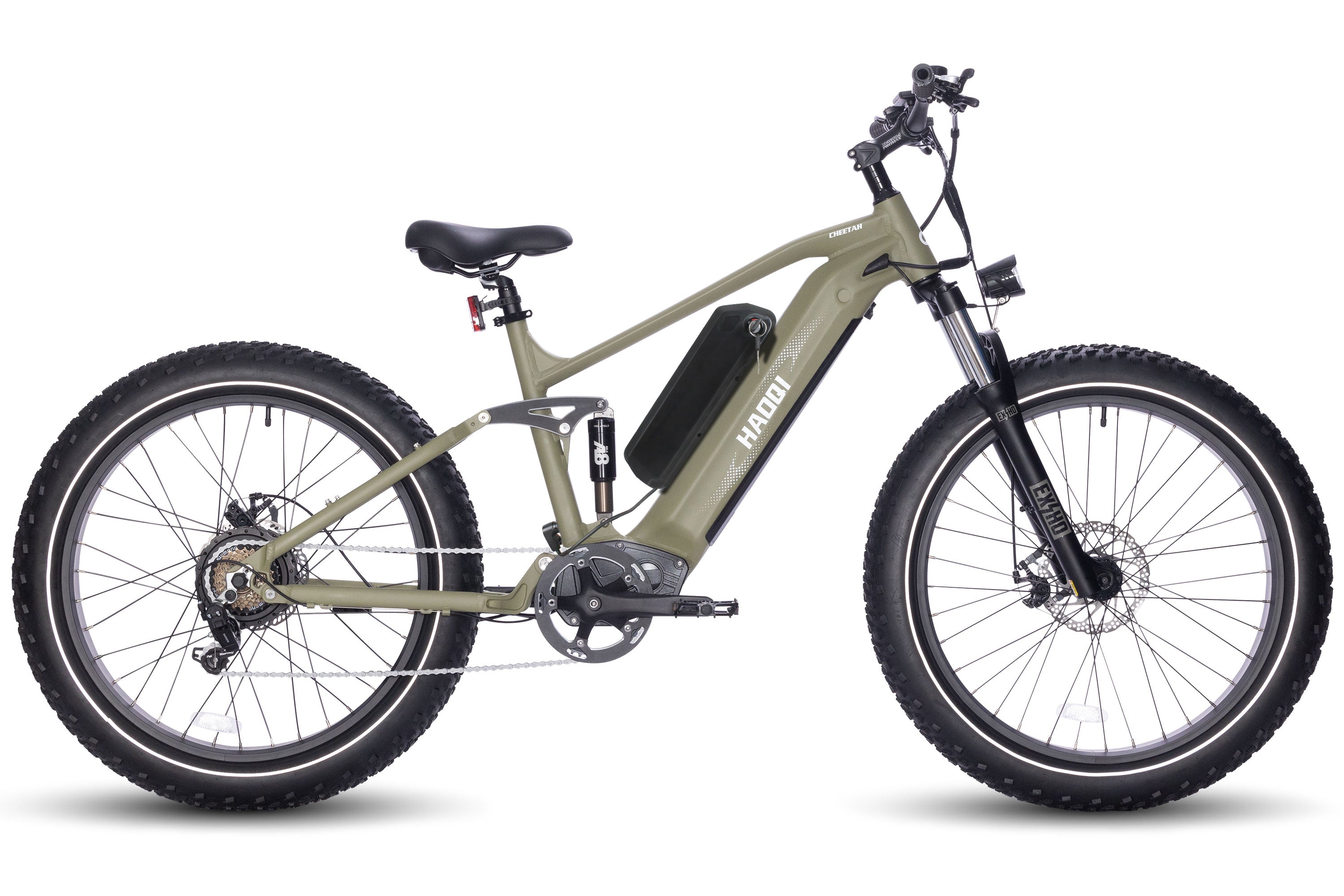
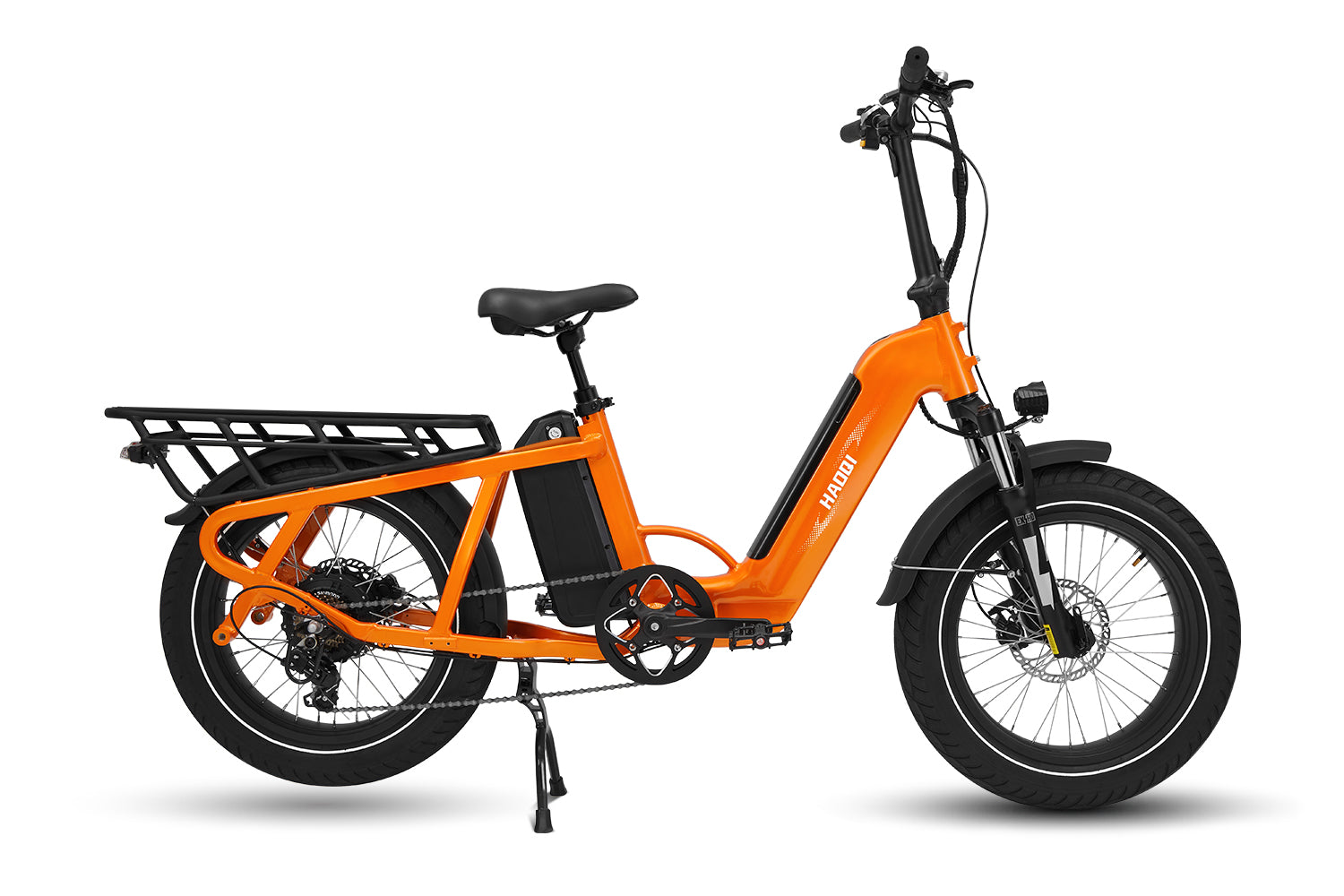
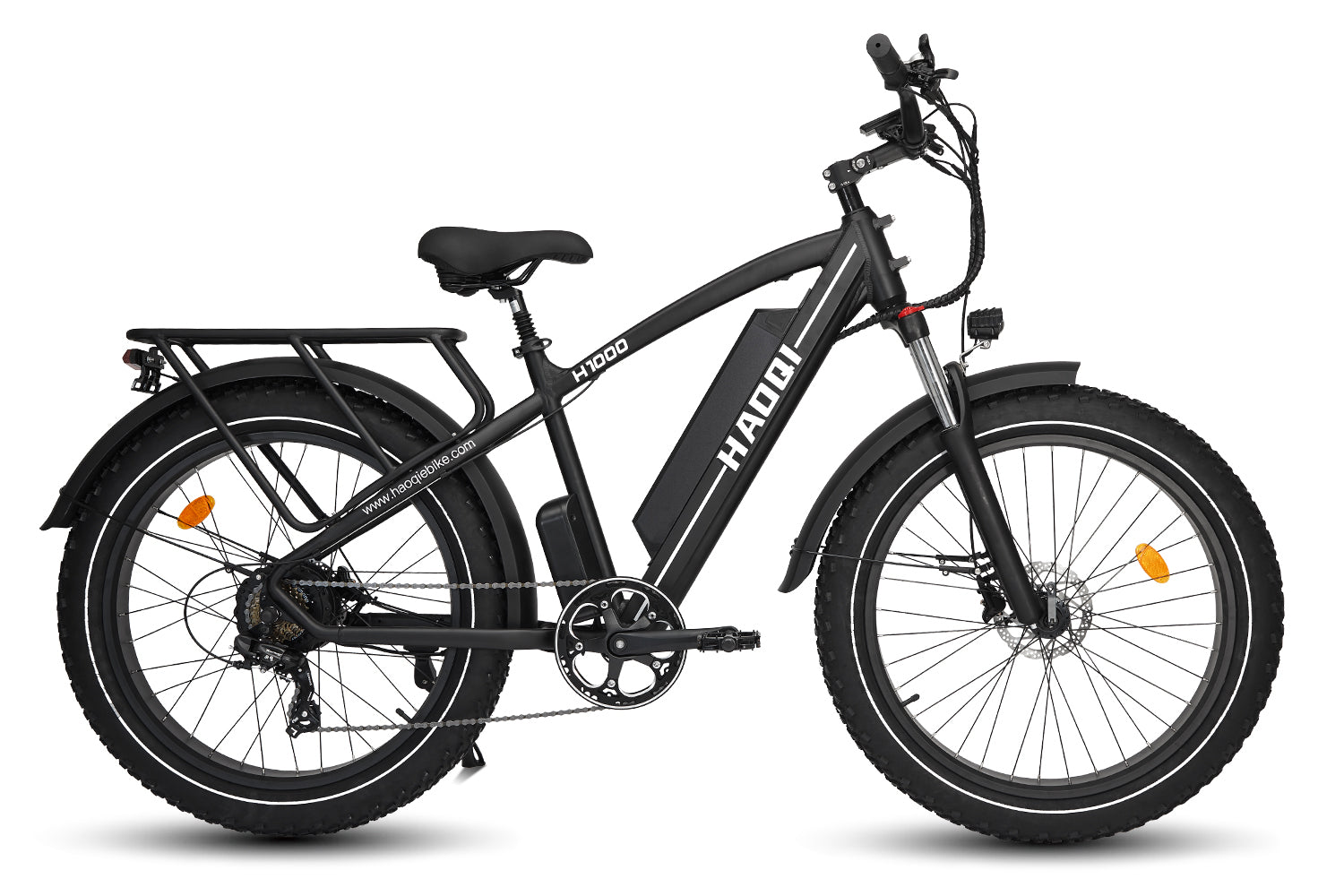
![HAOQI Antelope 500W Cargo Electric Bike (UL Certified) [electric bike] [HAOQI ebike]](http://haoqiebike.com/cdn/shop/products/haoqi-antelope-cargo-electric-bike-with-dual-battery-haoqiebike-com-1.jpg?v=1753954498&width=1500)
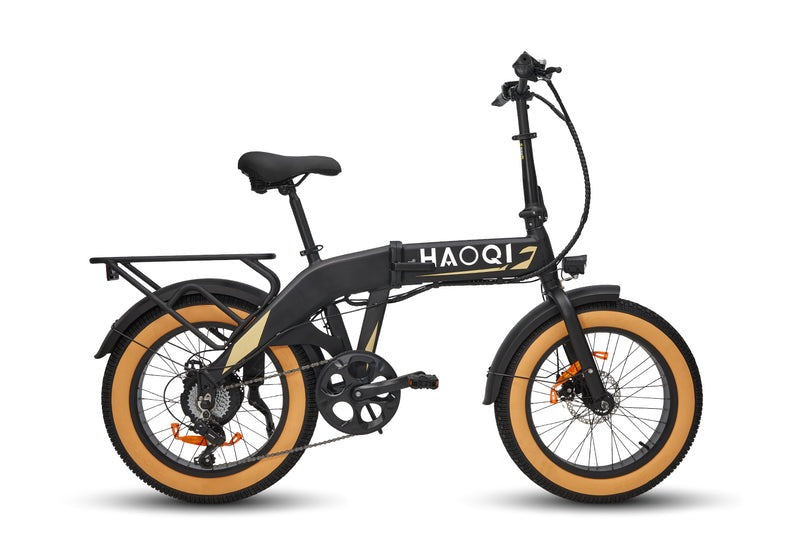
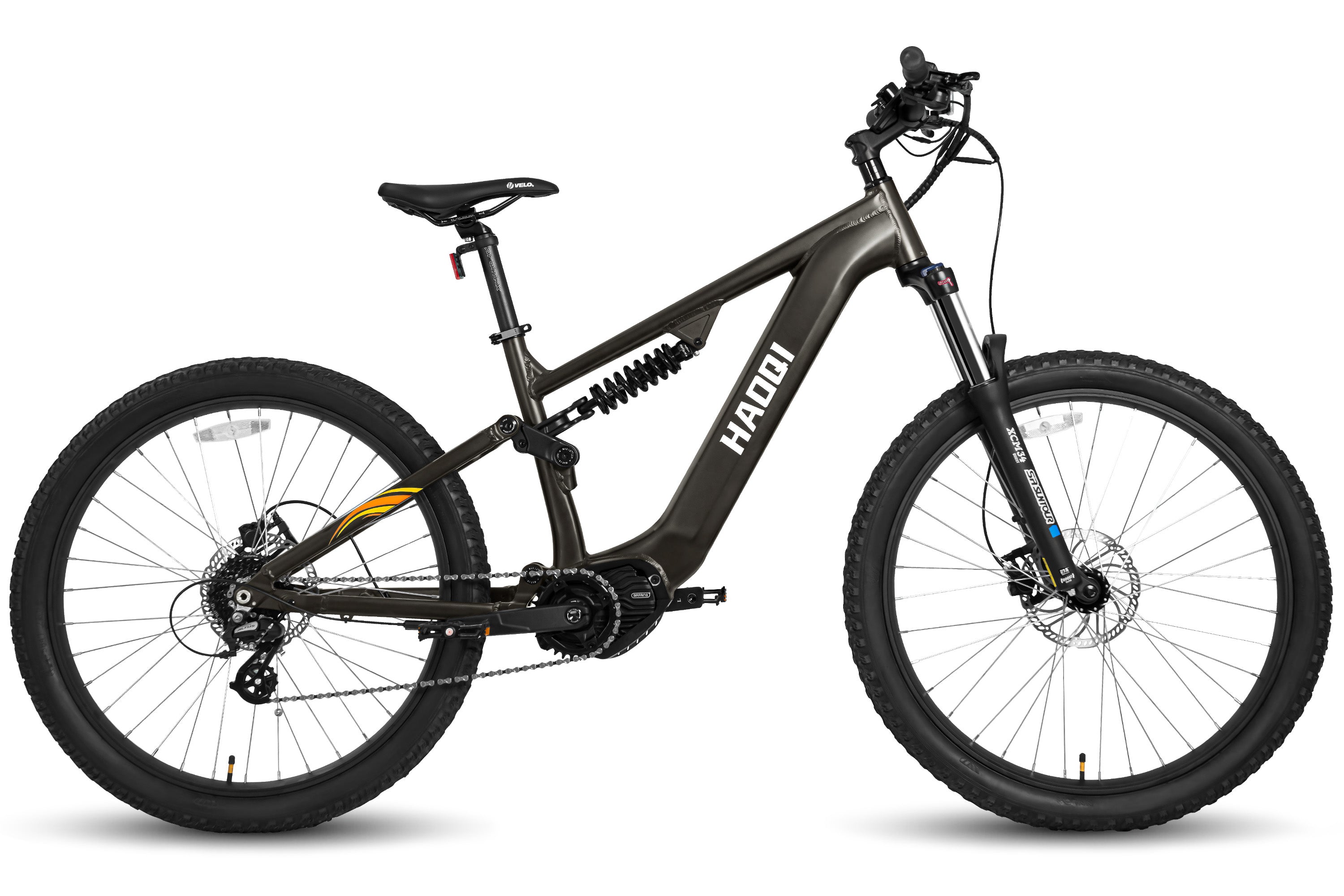
![HAOQI Eagle Long Range Electric Bicycle (UL Certified) [electric bike] [HAOQI ebike]](http://haoqiebike.com/cdn/shop/files/2_bf7ae46b-aad6-472a-9c14-d56ca3f0feb6.jpg?v=1755142722&width=1500)
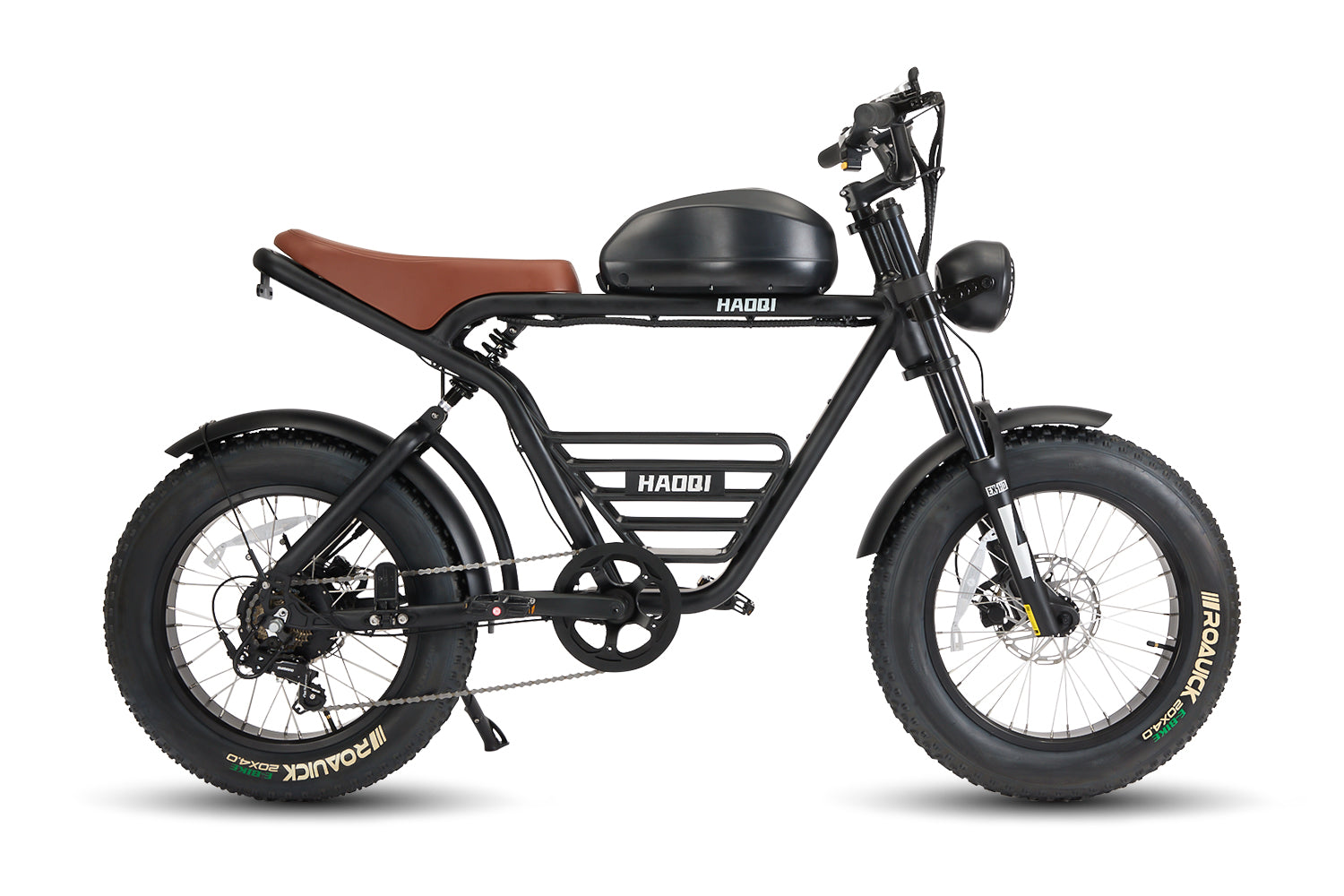
![HAOQI Antelope Pro 750W Cargo Electric Bike (UL Certified) [electric bike] [HAOQI ebike]](http://haoqiebike.com/cdn/shop/products/haoqi-antelope-pro-cargo-electric-bike-with-dual-battery-750w-haoqiebike-com-1.jpg?v=1751610204&width=1500)
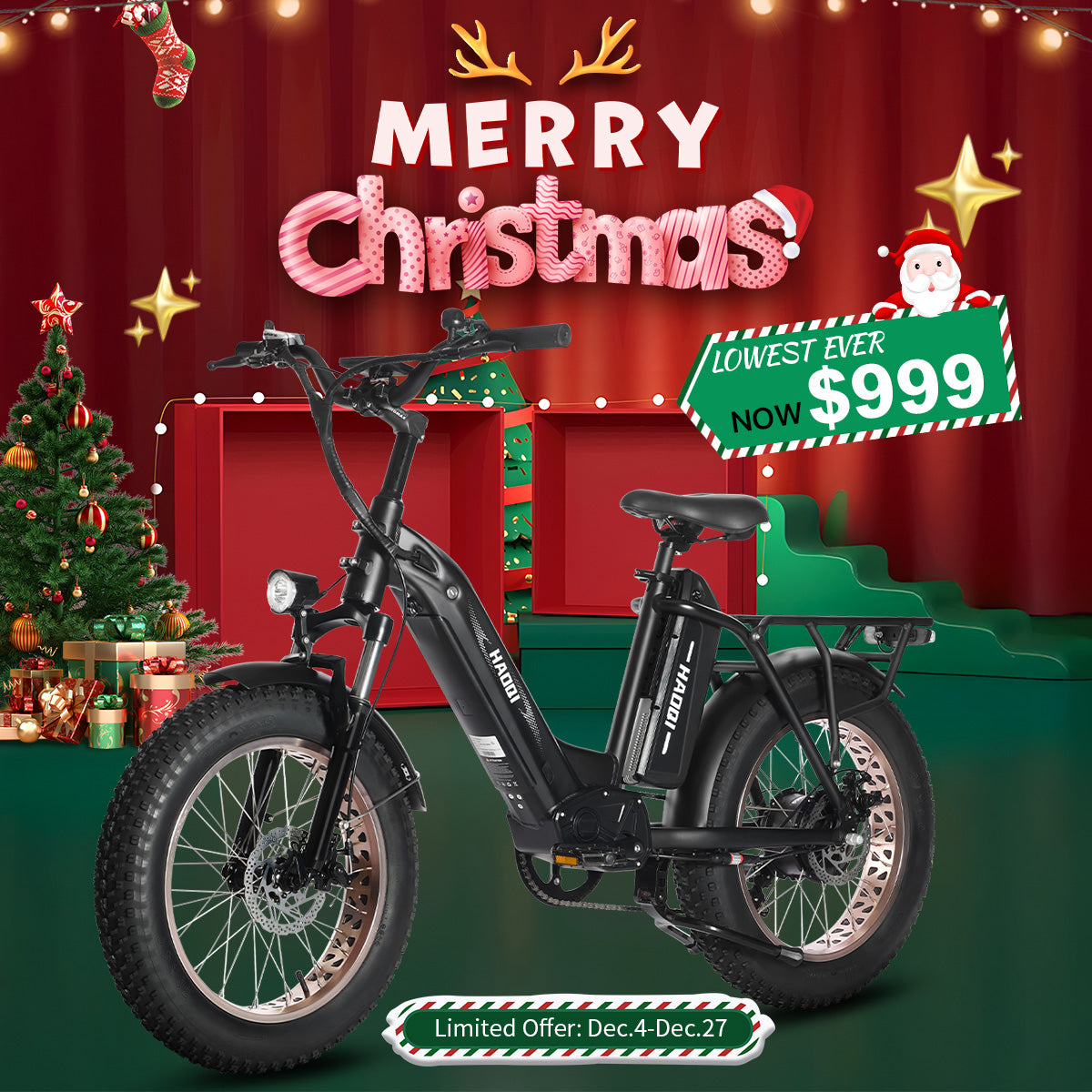

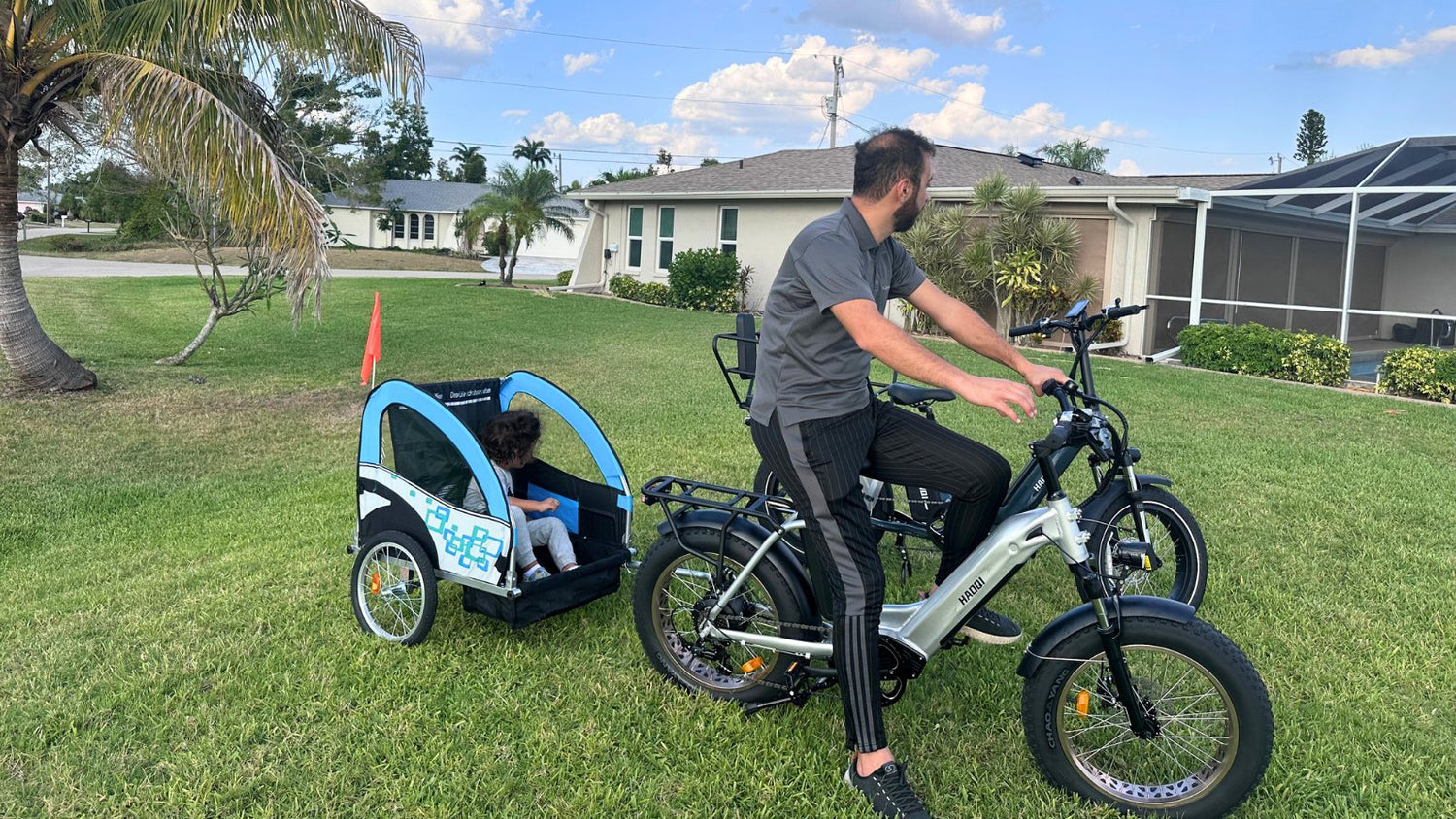
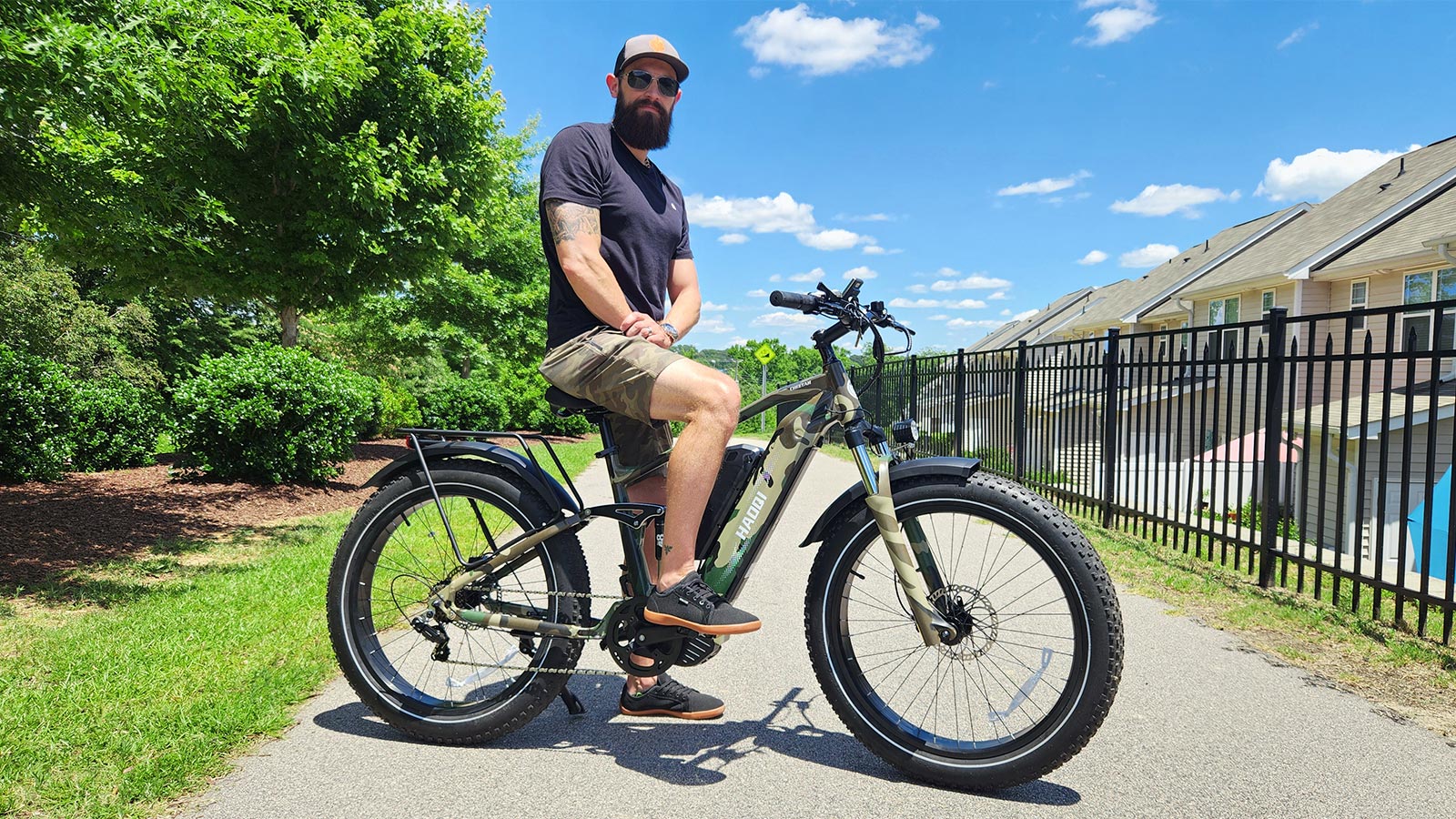
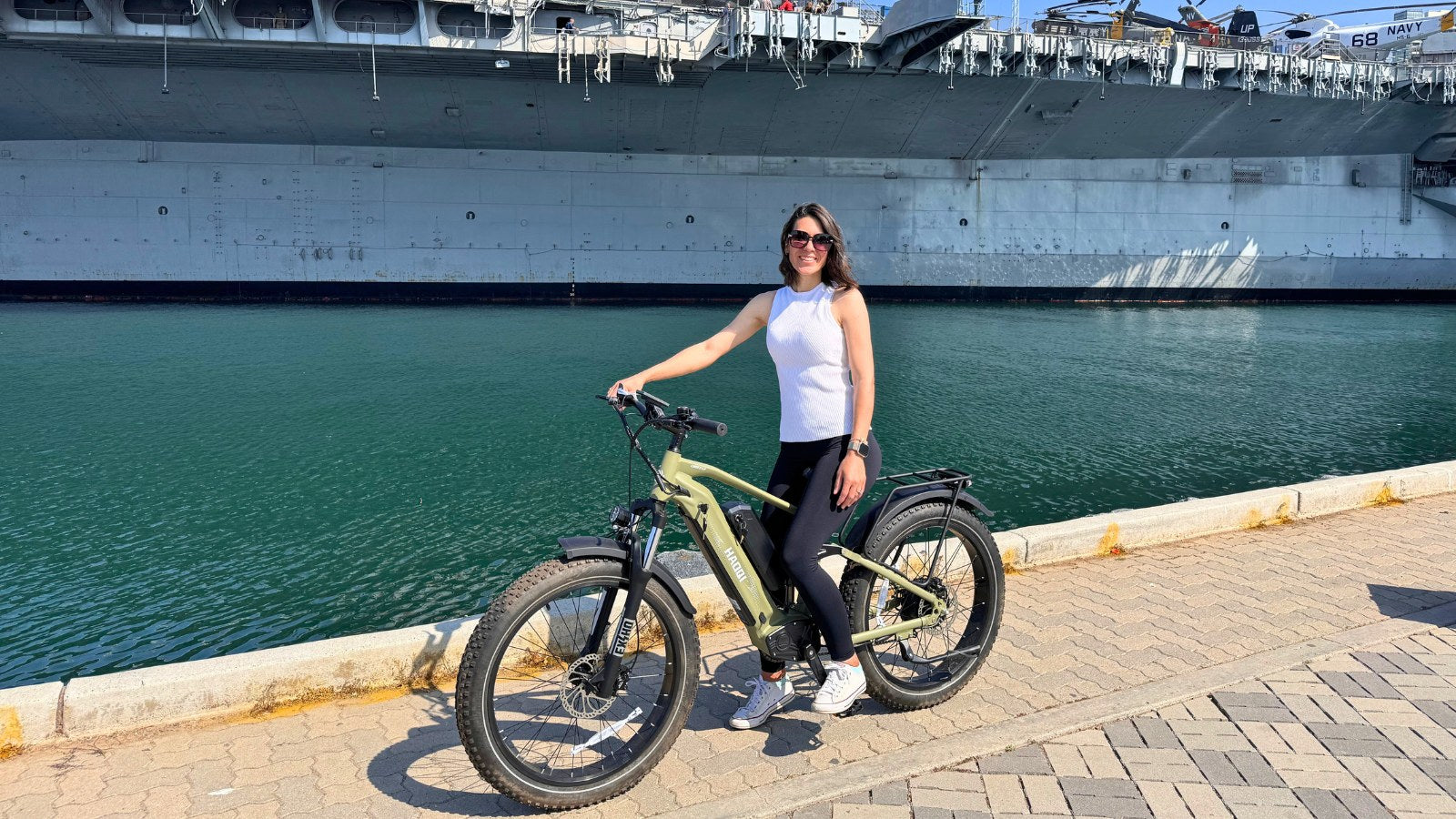




Leave a comment
All comments are moderated before being published.
This site is protected by hCaptcha and the hCaptcha Privacy Policy and Terms of Service apply.